“Since the advent of the CD, listeners have been deprived of the full experience of listening.” - Neil Young PonoPlayers...
Read More »
Frequency Response Comparison of 96/24 and 192/24
I thought it would be interesting to look at the same audio file at both resolutions, so I downloaded an excerpt of a Beethoven piano sonata from 2L at both 96/24 and 192/24. Each of the files were downsampled by 2L from the same DXD (352.8/24) file. Here is what they look like when run through the spectrum analyzer in iZotope Ozone Rx.

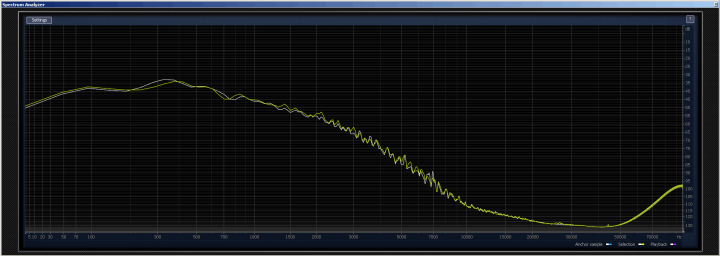
The file on the top is 96/24 and the file on the bottom is 192/24. Notice that the high frequency content up to 48kHz is the same. That is what you would expect. Now look at the rising high frequency content of the 192/24 file above 48kHz. It is obvious that is not musical content but high frequency noise.
If the 2L files are representative of 96/24 and 192/24 high resolution files generally, then it would appear that the extended frequency response available at 192/24 is not only not a benefit, but a possible detriment as well.
To verify that the first selection was not an aberration, I downloaded another pair of 96/24 and 192/24 files from 2L, these from a Mozart violin concerto. Again the files were downsampled by 2L from the same DXD (352.8/24) file. The top graph is 96/24 and the bottom graph is 192/24.
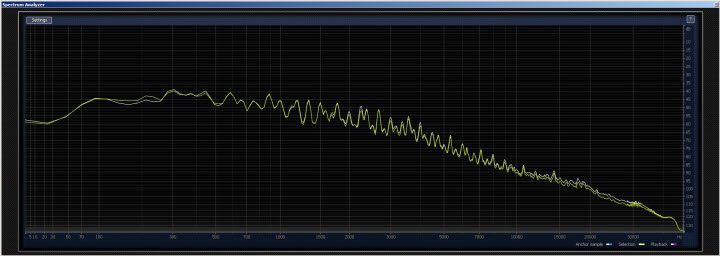
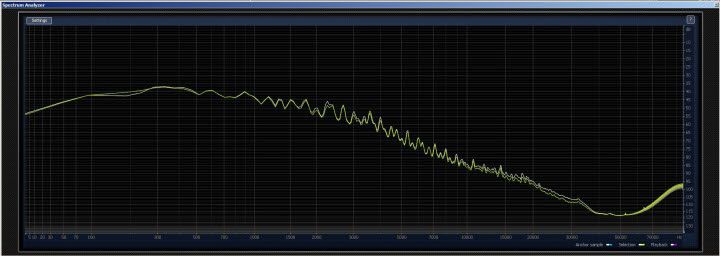
The high frequency noise in the 192/24 file is evident in this selection as well. I think the recording engineers would have been well served to employ a low pass filter to eliminate the high frequency content above 48kHz in the 192/24 file. Of course, downsampling to 96/24 accomplishes the same thing.
Reference Recordings is another provider of high-resolution audio. Here is a frequency response graph of Reveries at 176.4/24. No 88.2/24 file was available for comparison.
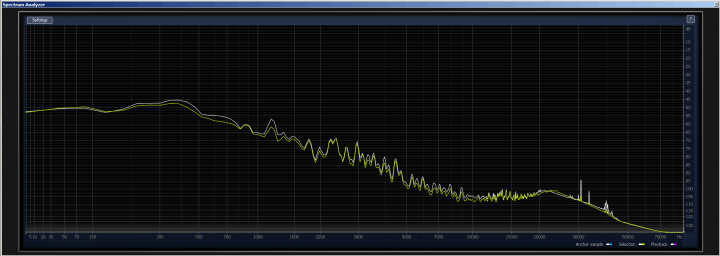
Notice the glitches between 30kHz and 50kHz. Why would they leave them there, particularly if they thought they were audible?
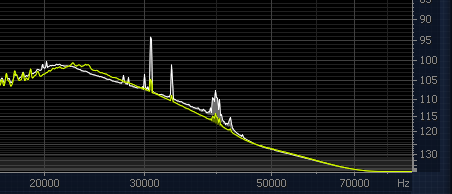
The waveform shows absolutely no sign of compression or limiting. They are to be commended. Granted, it is classical music and not rock.

